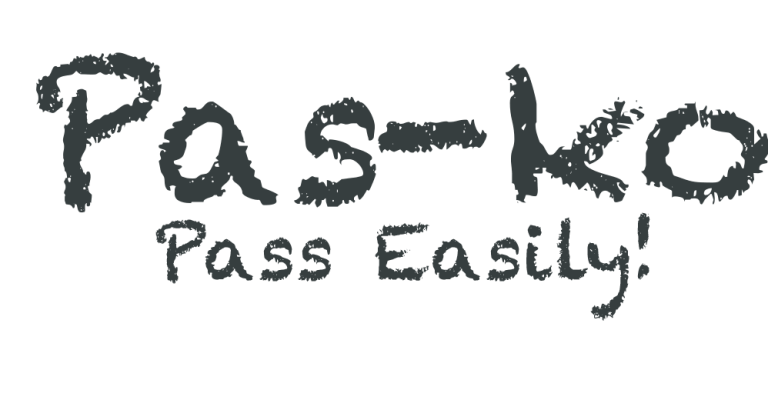SECTION B
Answer Two (2) Questions from this section
Question 1
A. With relevant examples, state the four (4) levels of measurement as used in business research [8 marks]
B. Identify the three (3) common research data collection instruments employed in business research [6 marks]
C. State six (6) common sources of gathering information for writing a literature review [6 marks]
Question 2
A. Identify any four (4) key components required when writing a
research report [8 marks]
B. State any three (3) advantages and disadvantages each of the use of interviews as a qualitative data collection tool. [6 marks]
C. In constructing a good and quality questionnaire, state six guidelines a researcher should follow [6 marks]
Question 3
A. Define a research proposal and state any six (6) components of a
research proposal [9 marks]
B. Identify any three (3) types of methods under probability sampling suitable for a quantitative research [6 marks]
C. State any five (5) characteristics of a quality business research. [5 marks]
Question 4
A. Define business research and briefly state any three (3) reasons for conducting business research [8 marks]
B. State six (6) ethical issues to consider in any business research [6 marks]
C. Identify any six (6) software packages used in processing data for either a qualitative or a quantitative research [6 marks]

Time’s up
SECTION B
Answer Two (2) Questions from this section
Question 1
A. With relevant examples, state the four (4) levels of measurement as used in business research [8 marks]
B. Identify the three (3) common research data collection instruments employed in business research [6 marks]
C. State six (6) common sources of gathering information for writing a literature review [6 marks]
Question 2
A. Identify any four (4) key components required when writing a
research report [8 marks]
B. State any three (3) advantages and disadvantages each of the use of interviews as a qualitative data collection tool. [6 marks]
C. In constructing a good and quality questionnaire, state six guidelines a researcher should follow [6 marks]
Question 3
A. Define a research proposal and state any six (6) components of a
research proposal [9 marks]
B. Identify any three (3) types of methods under probability sampling suitable for a quantitative research [6 marks]
C. State any five (5) characteristics of a quality business research. [5 marks]
Question 4
A. Define business research and briefly state any three (3) reasons for conducting business research [8 marks]
B. State six (6) ethical issues to consider in any business research [6 marks]
C. Identify any six (6) software packages used in processing data for either a qualitative or a quantitative research [6 marks]

